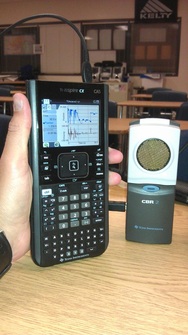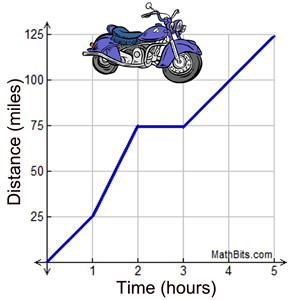It has been a while since my last post. I'm sorry for the delay, but life got in the way! This post is dedicated to a fellow teacher candidate who goes above and beyond in her classroom. She is super smart, creative, and always comes up with phenomenal ideas for lessons and activities to use in the math classroom. As I mentioned in my previous posts, this semester is dedicated to learning about the different mathematics streams available from Grade 7-12. My classmate took on the Grade 11 Workplace stream and came up with a super awesome lesson that I cannot wait to try in my classroom-if I'm fortunate enough to teach Grade 11 Workplace that is!
As mathematics teachers, we constantly strive to find a way to make our units and lessons relevant for students; we need to make the math applicable to their lives, in order for them to want to learn. Otherwise, what is the point? We have questions like, "Why is this important? When will I ever need to use this? Why am I learning this?" A great way to answer these questions is to allow students to reflect and make connections between the math and real life. How could their learning be applied to the world? We know that reflection is the key to learning and higher order thinking, so we need to devote some time to student reflection.
In Grade 11 Workplace math, students are learning about budgeting and personal finance. Unfortunately, this can often be a boring topic for students, especially those who would rather spend their money, than save it. My candidate, Ms. T, designed an activity to allow students to learn about designing a budget, and planning an event, while giving them an opportunity to reflect on their choices and end result.

Ms. T wanted her students to plan a Friday night outing. She had two worksheets that the students could choose from: movies or bowling. When the students chose their outing for Friday night, they would work in pairs or groups of 3 to choose a budget for their night out. They would then figure out which movie theatre or bowling alley they would like to go to, while noting down the address in their workbooks. From there, the students will figure out how to get from their school to their choice of venue by choosing two modes of transportation and figuring out the cost of each. They will also calculate how much money it will cost them to buy a movie ticket or entry into the bowling alley; and how much they will spend on snacks or dinner. After they make each decision, they will reflect on why they made the choice they did. Finally, they will reflect on their overall budget: Did they stay within their budget or exceed their initial budget? What factors helped them stay within their budget or made them exceed their budget?

This was a really fun activity that is applicable to the students. They will all need to be able to plan and budget for a night out with their friends or family, so this activity allowed them to see the different aspects of their night that they need to account for, such as the destination, transportation, price of admission and additional foods and beverages. It also allows them to reflect on how they managed to stay within their budget or why they may have gone over their budget. I think that this activity will be something that they remember and use, not only when planning their Friday night, but when they are planning other trips and future events.


